The term “panther” often conjures images of mysterious, elusive black cats prowling through dense jungles or stealthily stalking prey in moonlit savannahs. However, the notion of the “black panther” as a distinct species is a fascinating myth. In reality, black panthers are simply color variants of larger species of wild cats, primarily leopards and jaguars. Despite this, their allure endures, captivating audiences worldwide and populating both ancient myths and modern popular culture.
Understanding Melanism
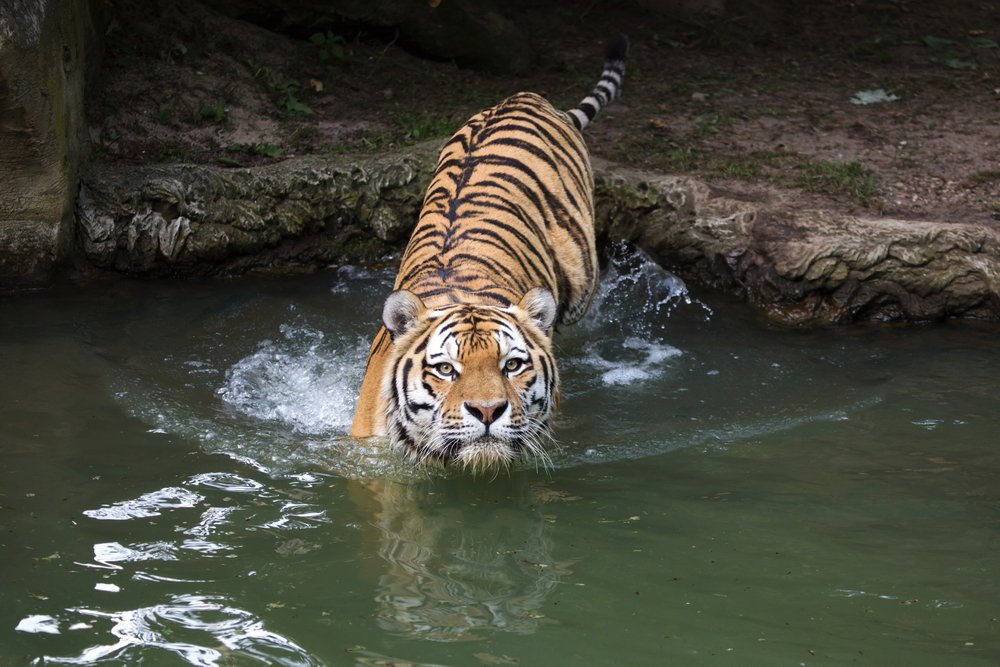
The phenomenon that gives rise to black panthers is known as melanism, a genetic trait causing an overproduction of the pigment melanin, making the animal appear completely black. This trait is inversely related to albinism and results in darker coats for the affected individuals. Melanism can occur in several big cat species but is most commonly observed in leopards and jaguars.
A Distinctive Appearance
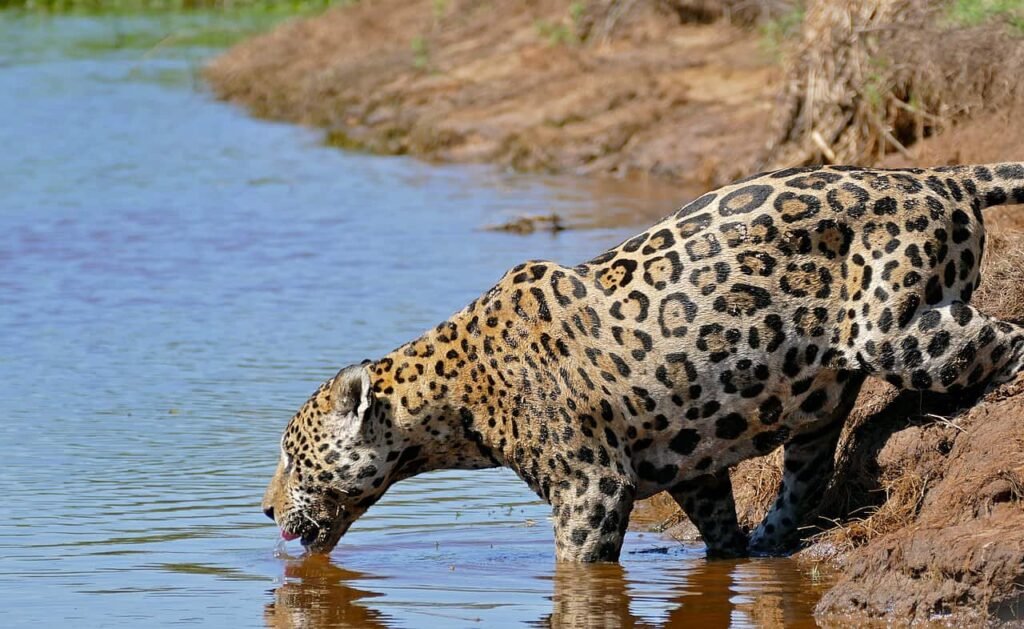
What makes black panthers particularly fascinating is their striking appearance. While the base color is black, the spots or rosettes of their parent species are still often visible in the right light, giving them an enigmatic, ghostly appearance. This combination of beauty and mystery fuels the imagination and contributes to their iconic status.
Adaptation and Survival
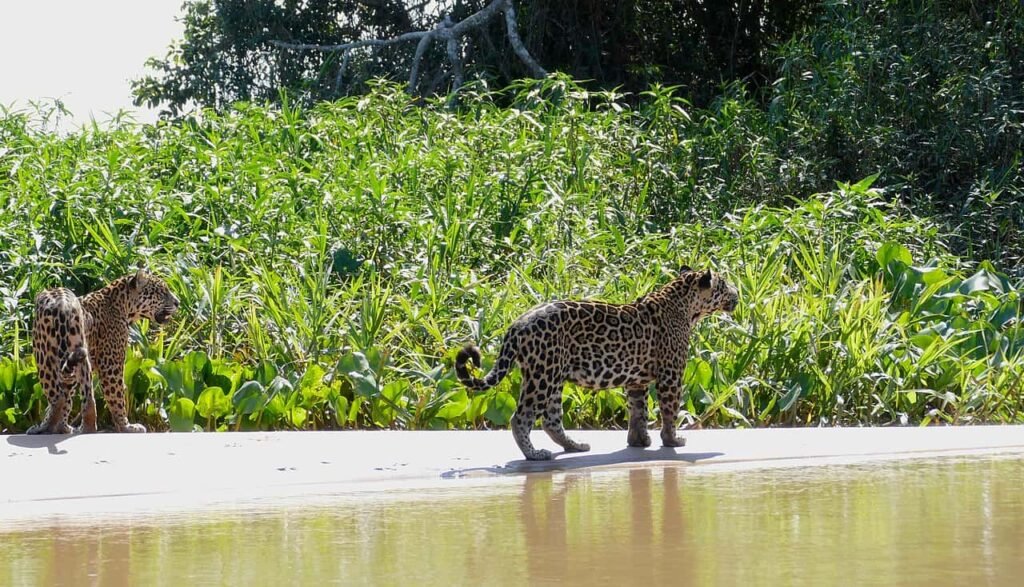
Melanism may offer certain adaptive advantages in the wild. Black panthers’ dark coats can provide better camouflage in dense forests compared to the typical spotted or rosette patterns, assisting them in avoiding detection by both prey and potential threats. The adaptive nature of melanism might help explain why these animals have captivated our understanding of evolution and natural selection.
Panthers in Culture and Mythology
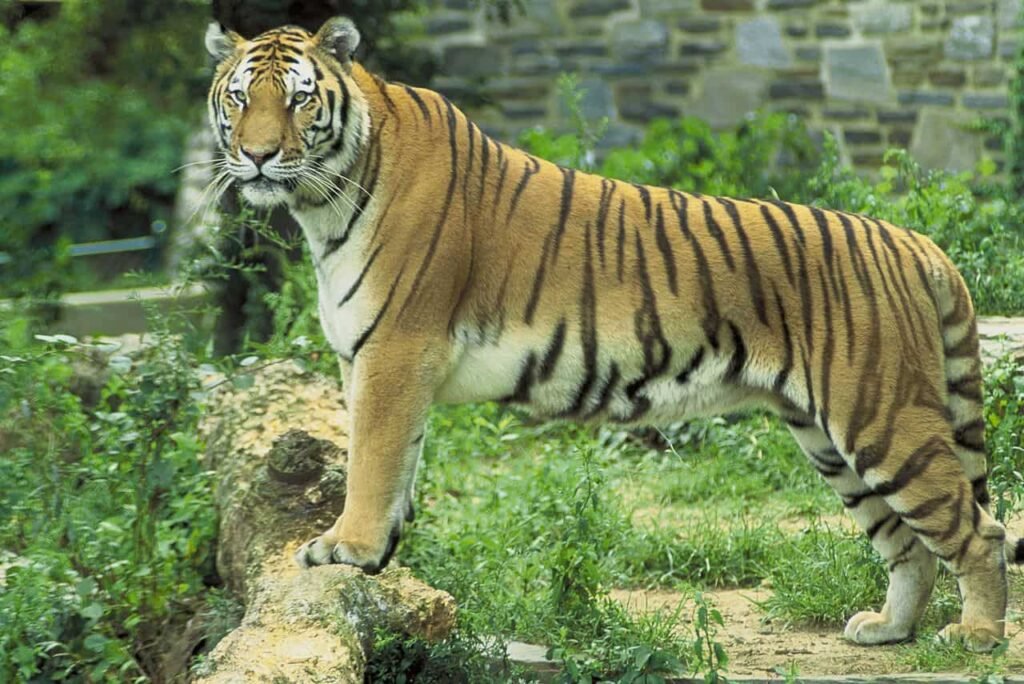
The image of the panther holds a powerful place in mythology and cultural stories worldwide. From serving as a symbol in various cultures to shaping folklore, the black panther has often been associated with power, mystery, and sometimes, omens. Its depiction in various forms of art and stories has only added to its allure and intrigue.
The Panther’s Role in Modern Media
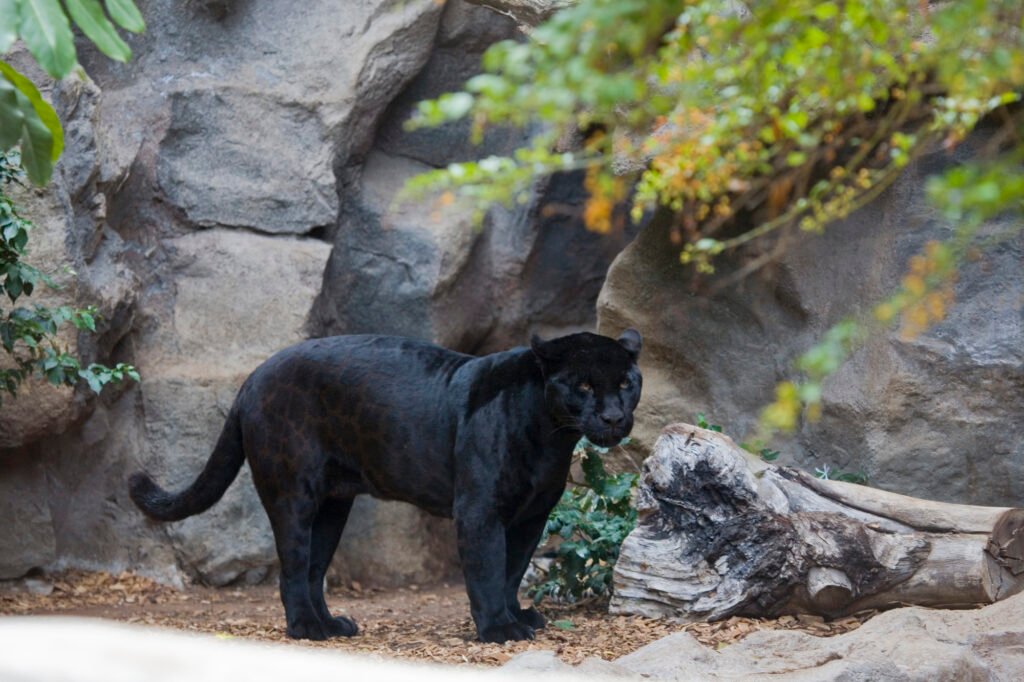
In more recent times, black panthers have found their place in modern media as symbols of strength and mystery. One of the most prominent examples is Marvel’s “Black Panther,” a superhero who symbolizes empowerment and heritage. The portrayal of panthers in films, literature, and music continues to sustain public fascination and affection.
Conservation Significance
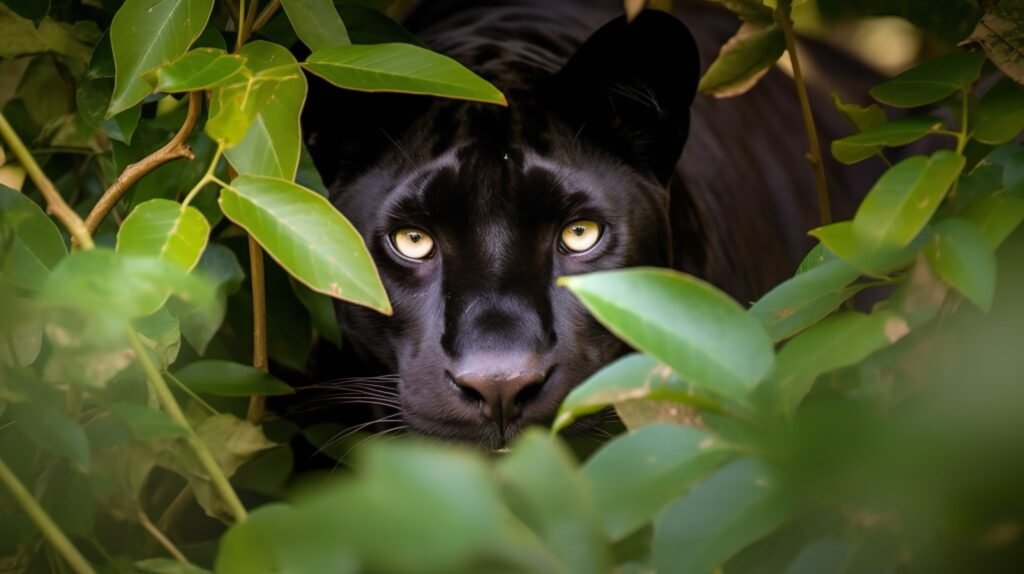
Despite their inability to qualify as a separate species, black panthers are often featured in conservation efforts. This attention helps draw awareness to the critical plight of big cats like leopards and jaguars whose habitats and numbers are endangered. By focusing on the image of the black panther, conservationists can evoke strong public interest and support for broader initiatives to save these majestic animals.
The Science Behind the Phenomenon
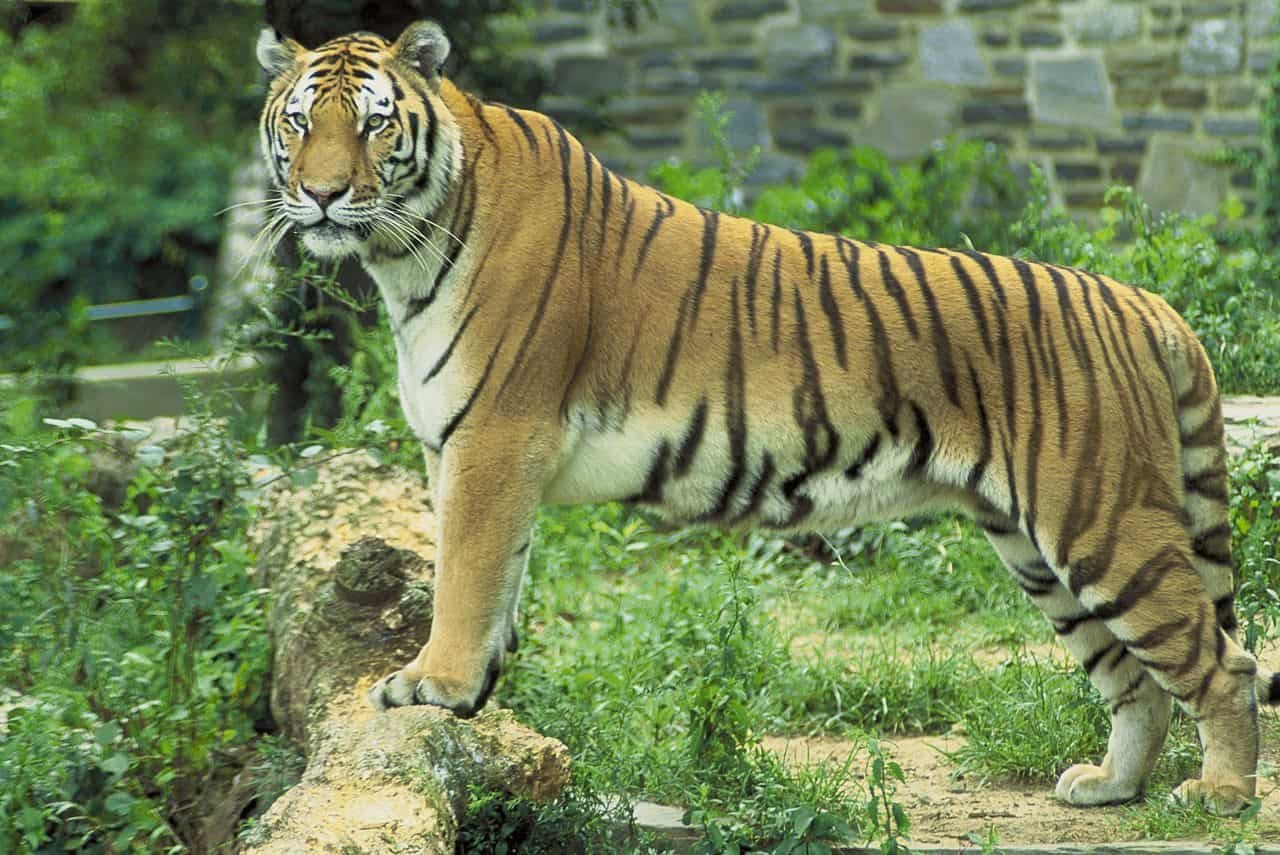
Research into melanism provides scientists with a deeper understanding of genetics and adaptive evolution. Studying these enigmatic creatures sheds light on genetic diversity and how certain traits become prevalent in specific populations. The panther, in its melanistic form, continues to be an important subject of study and wonder in evolutionary biology.
Challenges and Misunderstandings

The myth of panthers being a distinct species can sometimes lead to misunderstandings about their conservation status and ecological roles. Clarifying what panthers truly are not only helps in accurate scientific communication but also ensures that focused conservation strategies can be implemented to help protect their true species counterparts.
The Enduring Fascination with Panthers
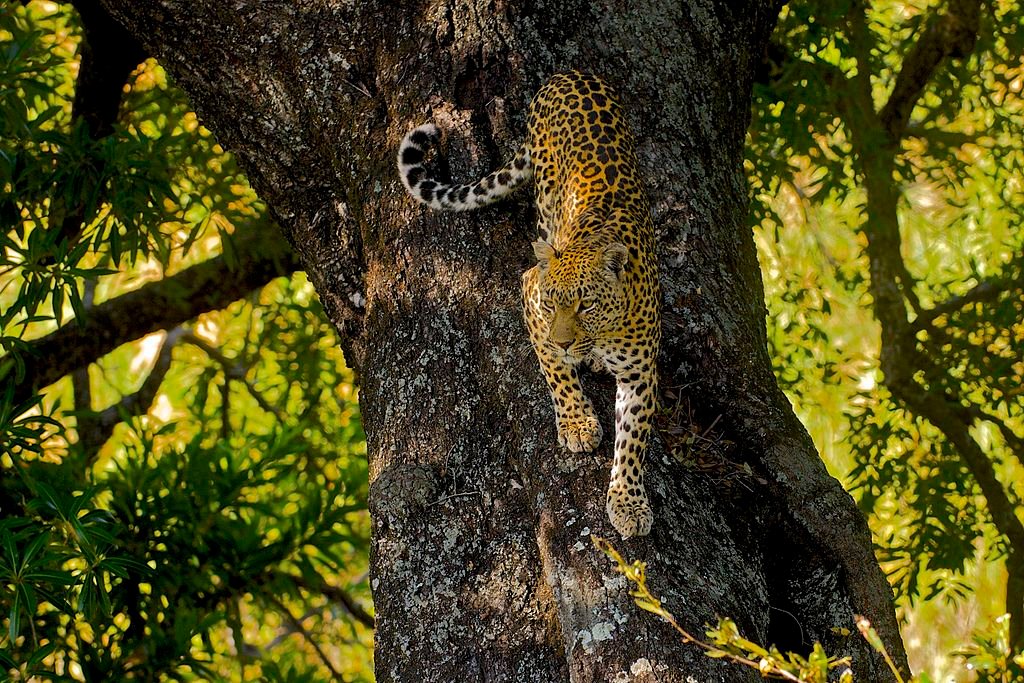
Ultimately, the fascination with black panthers stems from a blend of their striking appearance, symbolic resonance, and the captivating myths that surround them. While not a species unto themselves, these elusive and mysterious cats continue to inspire wonder and admiration, embodying the allure of the wild and our ongoing curiosity about nature’s diversity.






